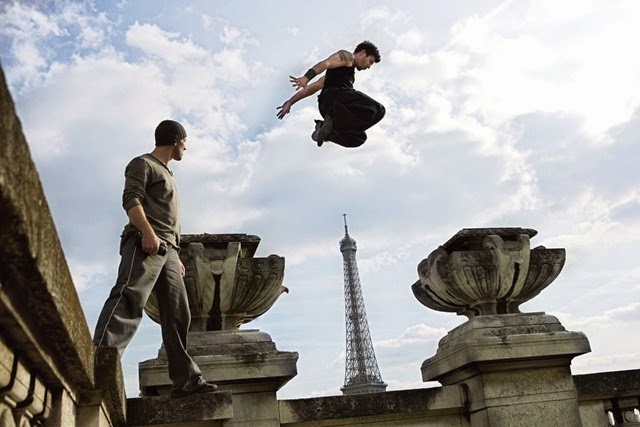Kitesurfing is a style of kiteboarding specific to wave riding, which utilizes standard surfboards or boards shaped specifically for the purpose.
There are different styles of kiteboarding, including freestyle, freeride, downwinders, speed, course racing, wakestyle, jumping and kitesurfing in the waves. In 2012, the number of kitesurfers was estimated by the ISAF and IKA at 1.5 million persons worldwide. The global market for kite gear sales is worth US$321 million.
Several different kitesurfing styles are evolving, some of which cross over.[1]
| Style | Description | Similar sports |
|---|---|---|
| Freeride | Freeride is anything that you want it to be and the most popular kitesurfing style. Most boards sold today are designed for freeride. It’s about having fun and learning new techniques. Twintip boards and kites with good relaunch and a wide wind range are commonly used. | |
| Freestyle | The kite and board are used to get big air (jumps) so that various tricks can be done while airborne. This style also used for competitive events and is free-format and "go anywhere". Smaller twintip boards and kites with good boost and hangtime are used. | |
| Wave-riding | Wave riding (kitesurfing) in waves is a style that combines kiteboarding with surfing. Locations with a wave break are required. Most kitesurfers use a directional board (either with or without foot straps) that has enough flotation and sufficient turning characteristics to surf the wave. Many kiters use a surfboard that can also be used for regular surfing (with the foot straps removed). The kitesurfer follows the kite when riding the wave, so the pull of the kite is reduced. This style is popular with surfers since it resembles tow-in surfing. Some riders ride waves unhooked, and without foot straps. Foot straps dictate the kitesurfer's foot position and how weight and pressure is applied the to the board. Surfers (other than tow-in surfers) do not wear straps and are therefore free to move their feet and position their weight over a greater area of the board to match what is needed to flow with the wave. Kitesurfing using a board without foot straps is referred to as "riding strapless". This allows the kitesurfer's feet to move around the board for optimal performance. Kitesurfers using foot straps often use the power of the kite to position themselves on a wave and to control their board. That is, they rely on the kite for propulsion rather than the power of the wave to surf. | Surfing, tow-in surfing |
| Wakestyle | Tricks and aerials, using a wake-style board with bindings. May also include tricks and jumps involving ramps. Crossover from wakeboarding. Flat water is perfect for this style, and the use of big twintip boards with high rocker and wake booties is common. This style is commonly practiced by younger riders. | Wakeboarding |
| Jumpingor Airstyle | Jumping, arguably a subset of Freeride, consists of jumping high to optionally perform tricks, sometimes also using kiteloops to get extra hang-time. Often shorter lines and smaller kites are used in stronger wind. C-kites and twintip boards are commonly used. An extension of this style isBig Air as pioneered by Ruben Lenten where riders go out in gale force conditions and perform high risk moves like kiteloops or more exactlymegaloops | — |
| Wakeskate | Wakeskaters use a strapless twintip board, similar to skateboard. Flat water and other conditions similar to Wakestyle. | Skateboarding |
| Course racing | These are racing events - like a yacht race along a course, that involve both speed and tactics. Special purpose directional race boards with long fins are used. Some raceboards resemble windsurfing boards. Foilboards are also now used. The goal is to outperform other kiters and come first in the race. | Windsurfing |
| Speed racing | Speed racing is a style practiced at either formal race events or informally, usually with GPS units. Special purpose directional speed boards, or raceboards with long fins are used. The goal is travel at the maximum possible speed over 500 meters. |



